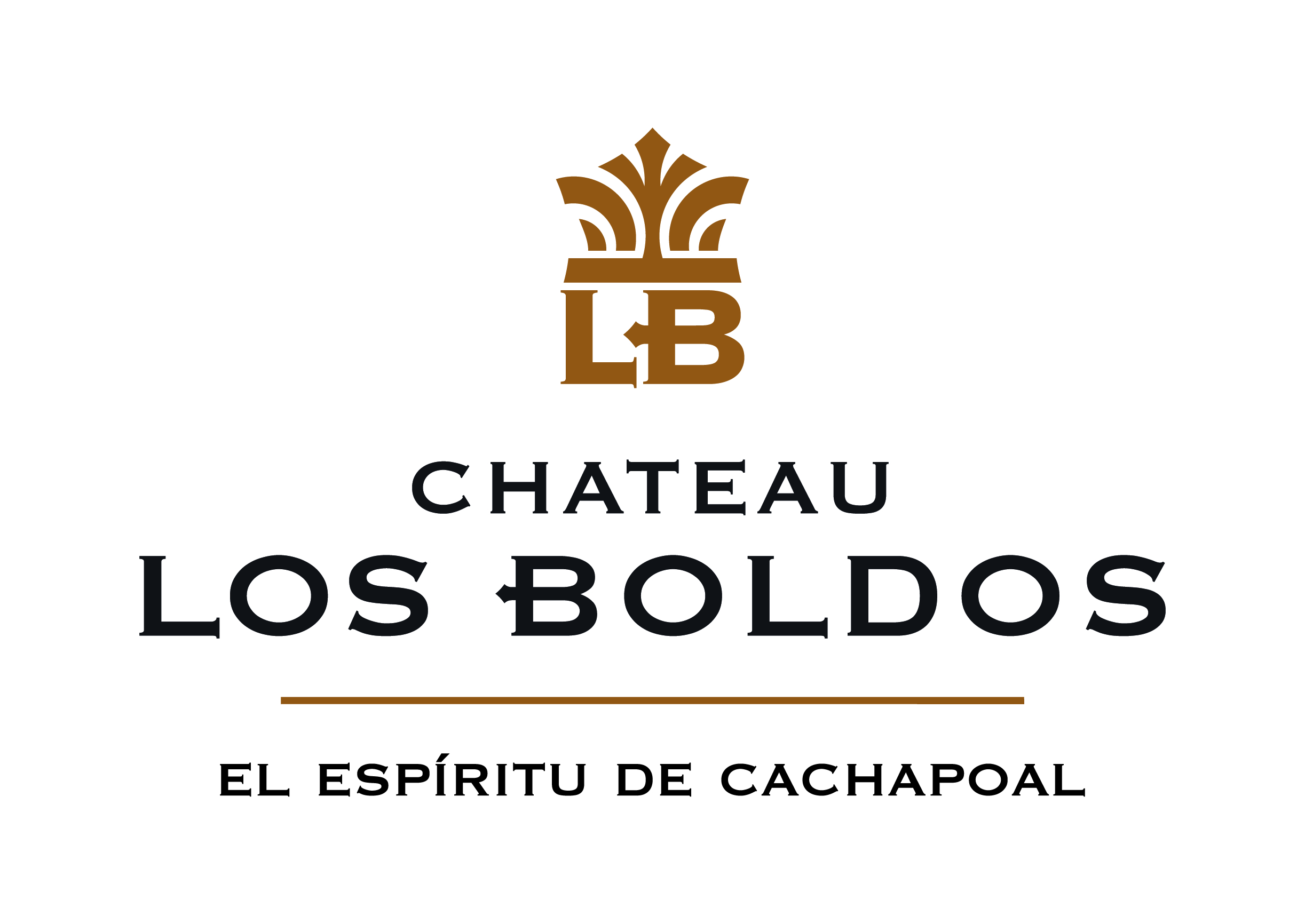Château Los Boldos, `Grand Clos` Cabernet Sauvignon


Vintage: 2020
| Vintage | Product Code | Format | Closure | Availability |
|---|---|---|---|---|
| 2020 | LB635B20 | 6 x 75 | Natural Cork | Available |
Producer
Situated 100 kilometres south of Santiago in the Cachapoal Valley, in the foothills of the Andes, Château Los Boldos has transformed since being purchased by Sogrape in 2008. Renowned soil scientist and viticultural consultant Pedro Parra was brought in to assess the plots and match appropriate grape varieties to different soils around the estate. Advising on the type of rootstock, planting density, orientation and irrigation frequency were all within Pedro’s remit. The results of his work, which have significantly improved grape quality, are now reflected in the wines carefully made by head winemaker Diego Veragara, with the support of renowned consultant, Alberto Antonini.
The estate’s first vineyards were planted in 1948 and today Château Los Boldos has 170 hectares of vineyards planted with Sauvignon Blanc, Chardonnay, Merlot, Cabernet Sauvignon, Carmenère and Syrah. The Cachapoal Valley’s Mediterranean climate and high diurnal range, due to the proximity of the Andes mountains, are ideal for growing grapes that retain fresh acidity while achieving optimum ripeness. The nearby Cachapoal River also moderates temperatures, while stony alluvial soils in the vineyard ensure low yields. Château Los Boldos makes wine using fruit exclusively from their own vineyards, therefore retaining control from grape to bottle and ensuring consistently high quality in their wines.
Château Los Boldos’s wines are fruit-forward with distinct varietal characteristics. The whites are unoaked and fermented at a cool 13°C to retain freshness. The Sauvignon Blanc is bright and aromatic with vibrant acidity and the Chardonnay displays tropical fruit and citrus characters. The reds are aged in used French oak barrels for six months. The Merlot is well balanced with soft tannins, while the Carmenère is plush with plenty of blackberry and cassis character. The Cabernet Sauvignon has good structure with spicy blackcurrant notes.
The `Gran Reserva` wines are produced from a careful selection of plots in the Cachapoal vineyards, from vines aged over 10 years old. Both wines are harvested by hand, before ageing in French oak barrels for 10 months. The Cabernet Sauvignon is defined by aromas of fresh cassis and black currant. The Carménère has a round, full structure, with notes of ripe plum and dark chocolate.
`Grand Clos` is produced from the best plot within the vineyards, chosen to showcase the elegance of wines grown on alluvial soil. Aged for 14 months in French oak barrels, this wine has soft, silky tannins with spicy cedar notes.
Vineyards
The vines for this wine are located in Requinoa within the Cachapoal Andes valley. The mediterranean climate is greatly influenced by the Andes Mountains and the Cachapoal river, which generate large thermal oscillations between day and night. The 'Grand Clos' comes from a single plot planted in 2004 , the soil is from an alluvial origin derived from the terraces of the Cachapoal river. In this specific plot, the texture varies from clay, clayey silt loam to silt loam in the first 50 to 70 cm which provides power, concentration and weight in mouth. There is also an important presence of gravel and sand which give minerality and elegance to the wine.
Vintage
The 2020 vintage was challenging from the start, with a 70% decrease in rainfall compared with the historical average. This drought resulted in a drop in overall production throughout the Cachapoal Valley, with frost during budbreak also causing challenges. However, a moderate spring encouraged good fruit set and compensated for the effects of the frost. There were several heat waves during ripening, but masses of cool air from the mountains cooled the vineyards at night which preserved the freshness of the fruit. Temperatures continued to increase resulting in a harvest which was 15 days earlier than normal, ensuring the aciditiy and the freshness of the grapes was preserved.
Vinification
The grapes were manually harvested early in the morning to preserve freshness. Individual bunches and berries were hand selected before crushing. There was a pre-fermentative maceration for 4-5 days at temperatures of 6°C. Fermentation then took place in stainless steel tanks at a controlled temperature between 22-24°C with regular pump-overs. The wine then underwent malolactic fermentation and then 60% of the blend was further aged for 16 months in second and third use oak barrels, whilst the remaining 40% was aged for 16 months in 2,500L foudres.
Tasting Notes & Technical Details
Intense ruby red in colour with a bright violet rim. Notes of ripe dark fruits such as black cherry and blackcurrant, followed by chocolate with some spicy notes such as cedar or tobacco from oak aging finishing with a stoney minerality. Smooth tannins on the palate with an elegant freshness, this wine is well balanced with a long, lingering finish.
Alcohol (ABV)
14%
Acidity
6.41 g/l
Residual Sugar
3.31 g/l
pH
3.43
Other wines from this producer
Producer | Wine | Product Code | Features | Style | |
|---|---|---|---|---|---|
| Château Los Boldos | `Tradición Reserva` Cachapoal Valley Merlot | LB611 | R | Factsheet | |
| `Tradición Reserva` Cachapoal Valley Carmenère | LB612 | R | |||
| `Tradición Reserva` Cachapoal Valley Sauvignon Blanc | LB613 | W | |||
| `Tradición Reserva` Cachapoal Valley Chardonnay | LB614 | W | |||
| `Tradition Réserve` Cachapoal Valley Cabernet Sauvignon | LB616 | R | Factsheet | ||
| Grande Réserve | `Gran Reserva` Cachapoal Cabernet Sauvignon | LB626 | R | Factsheet | |
| `Gran Reserva` Cachapoal Carménère | LB636 | R |